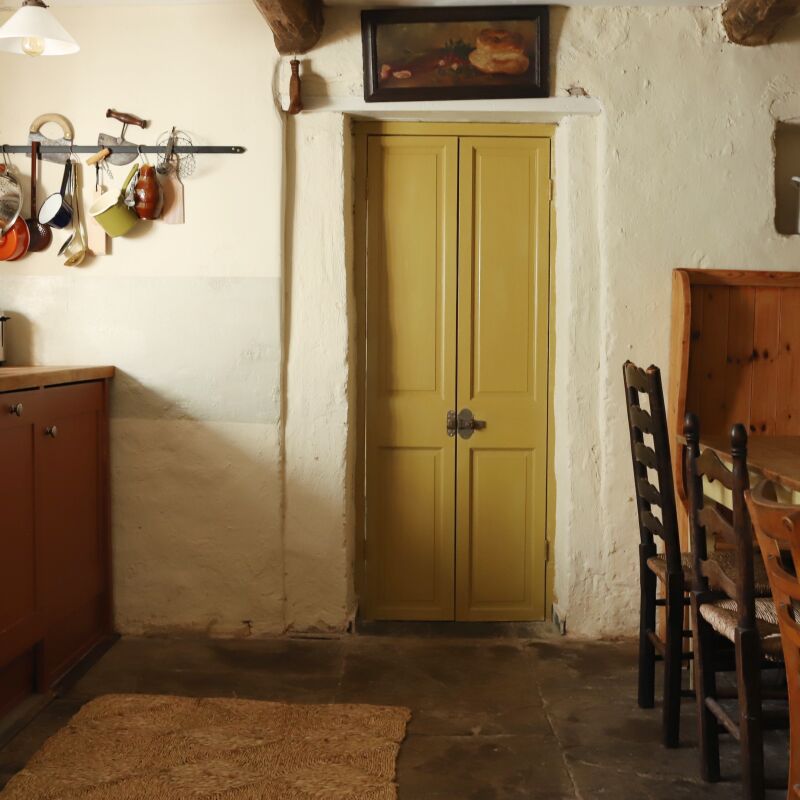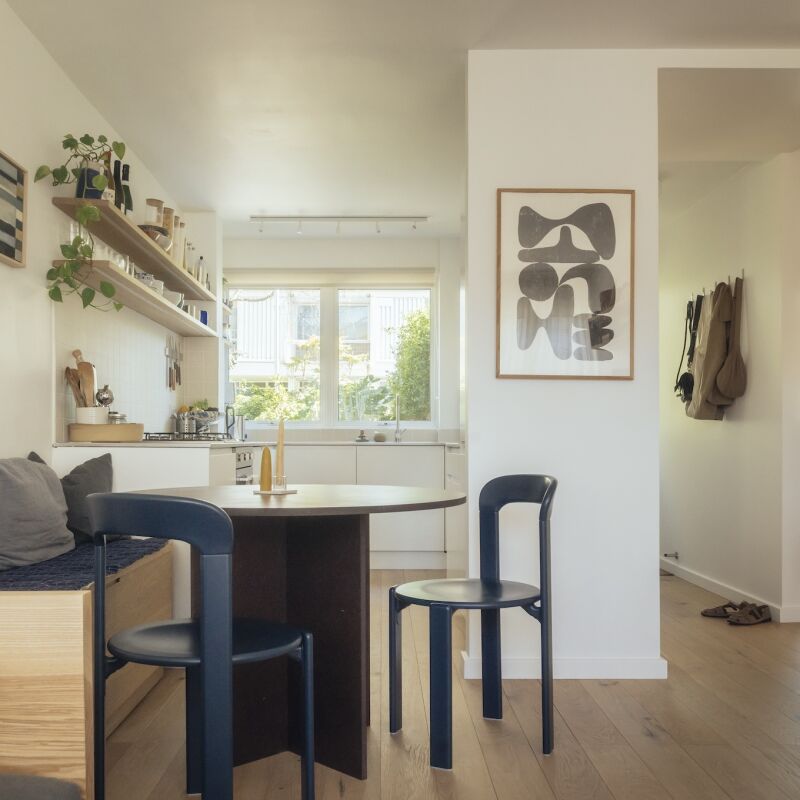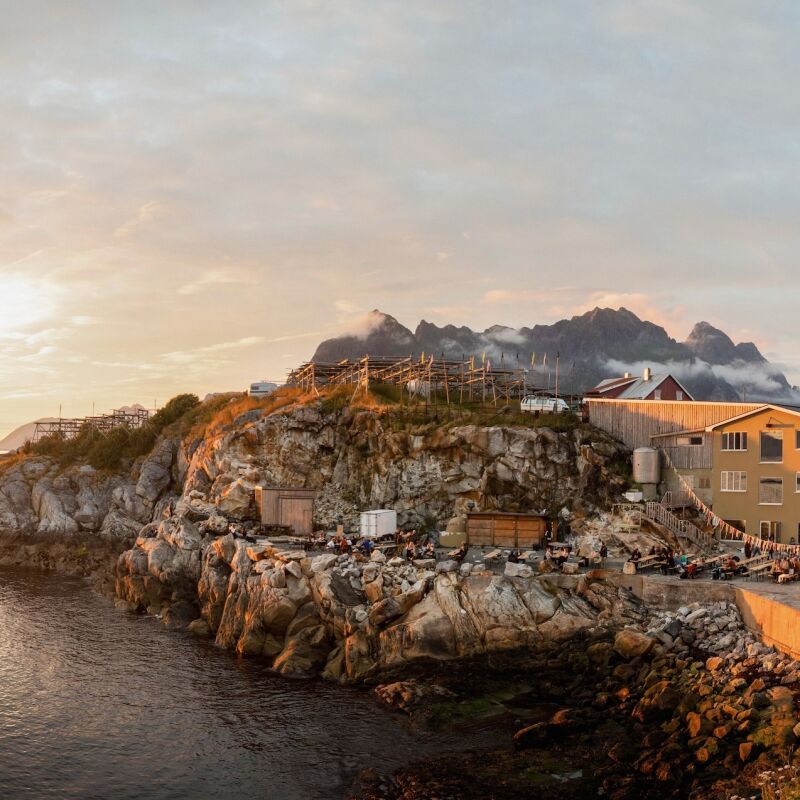We are always following the work of Maine architect on the rise Jocie Dickson of Jocelyn O. Dickson Architecture. So when she teamed up with Heidi LaChapelle Interiors, also of Maine, and headed west, to Michigan, for a new-build project, we took note.
The project is the house of Chicago-based couple Lauren and Luke, close friends of Jocie’s. “Lauren is one of my oldest friends—since kindergarten,” Jocie says, and when it came to build their lake house on the Leelanau Peninsula in Michigan, that long history leant Jocie a perspective and understanding of the couple that architects aren’t usually afforded of their clients.
“Luke is a ‘Michigander’ and has spent time in this part of the state all his life,” Jocie says. “But Luke and Lauren attended our wedding in Rangeley, Maine, and I think the northern lakeside landscape reminded Luke a lot of the Leelanau Peninsula. Knowing that I was familiar with the landscape I think gave Luke the confidence that I would understand and be sensitive to the conditions in northern Michigan, even if I was unfamiliar with the area itself.
“The ongoing joke was that this house needed to be absolutely amazing so that he could convince his East Coast-born, ocean-loving wife to spend time along a lake in northern Michigan,” Jocie adds. The couple’s ask? Something “both special and elevated,” with maximum views of the lake, outdoor living space, plenty of room for guests, and natural, low-maintenance materials for lakeside days and life with two young kids.
How did this pair of Mainers do it? With windows that make the most of the views (and southwesterly sunlight), an exterior clad in shou sugi ban boards, and interiors designed to stay snug even through Michigan winters. And some small-space tricks, like a swing-away ladder that leads to a tucked-away home office.
Join us for a tour.
Photography by Marta Xochilt Perez.




For two Maine-based design professionals working in Michigan, there was surprising crossover. “We’re fortunate to be very familiar with lake life in Maine, and so it was easy to translate that understanding to Michigan,” says designer Heidi LaChapelle. “The lakes might not be the same, but the lifestyle is similar. We are also used to designing homes for the four seasons, and the clients requested that this home function for them just as well in the winter as in the summer. We made sure to have a season-less and balanced palette and to use natural materials that worked throughout the year.”


The wooden countertop block was inspired by a Henrybuilt design. “It creates a higher countertop area, more like bar height, that’s comfortable to lean on or set a drink on if you’re standing,” says Jocie. “It also provides a great spot to hide a duplex outlet: Three of the four panels are drawers, and the fourth is a panel that flips down to reveal the outlet.”





“The palette reflects the lake-side setting,” says Heidi, with blues, greens, and rich textures. “The shou sugi ban siding was a great influence in our design; it gave us permission to bring in items that had a touch of the hand to them, like vintage items with patina and warmth.” The wall-mounted pillow headboard is a custom design.




“The landscaping is minimal and low-maintenance, and the owners worked with another old friend who’s a landscape designer to develop the planting plan,” Jocie says. “Because of our proximity to the lake, we were limited with our hardscape and plantings on the water side of the house, so this area was left mostly natural.” Ideal for a lakeside escape.
For more by Jocie Dickson, see Rock Camp: A Classic/Minimal Lake Cabin in Maine by an Up-and-Coming Architect.
And for more in the Midwest, might we suggest:
- Pattern Language: A Textiles Enthusiast at Home in Ann Arbor
- Hygge Supply: The Kit House Reimagined from Northern Michigan
- Kitchen of the Week: A New Heart of the Home for a Young Family in Columbus, Ohio
Frequently asked questions
Who is Jocelyn Dickson?
Jocelyn Dickson is an architect based in Ann Arbor, Michigan.
What is the Michigan Lake House project?
The Michigan Lake House project is a residential renovation project that involved updating an existing lake house and adding a new wing.
What was the main objective of the renovation?
The main objective of the renovation was to maximize views of the lake and create a functional space for the clients' needs.
What materials were used in the renovation?
The renovation used a combination of materials such as wood, glass, steel, and concrete.
What was the inspiration for the design?
The design was inspired by the surrounding landscape, the clients' love for the lake, and their desire for a modern, yet cozy space.
What were some of the challenges of the project?
One of the main challenges of the project was working with the existing structure while achieving the desired design. Another challenge was maximizing natural light while ensuring privacy.
What sustainable features were incorporated into the design?
The design incorporated energy-efficient windows, a geothermal heating and cooling system, and locally sourced materials.
How long did the project take to complete?
The project took about 18 months to complete.






Have a Question or Comment About This Post?
Join the conversation